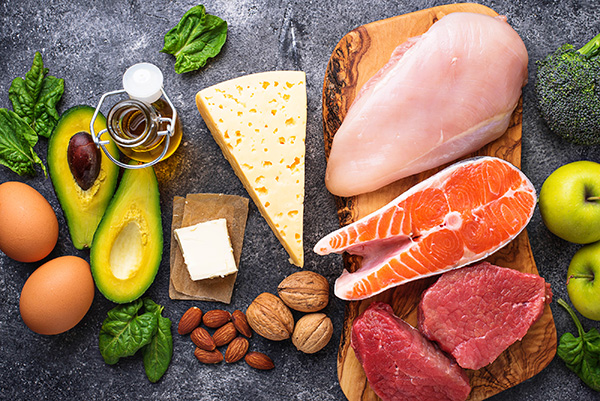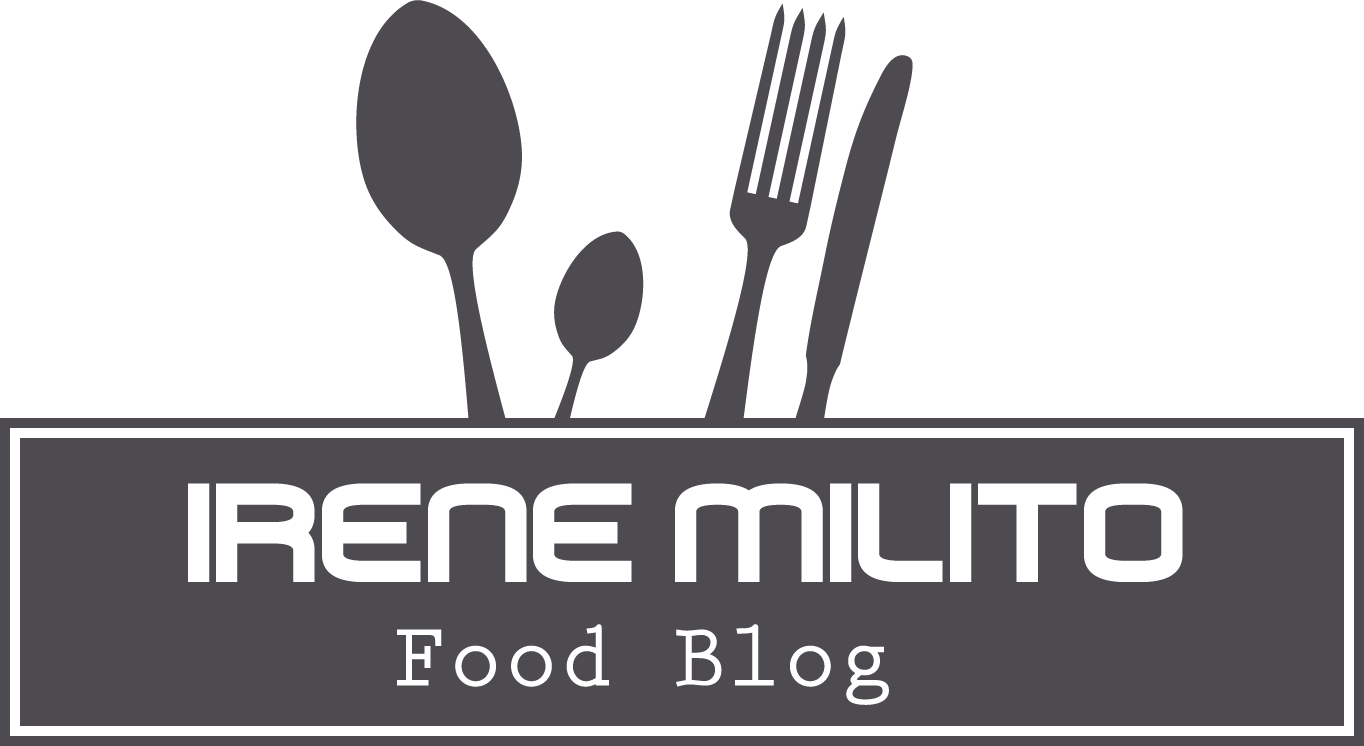What to eat and what not to eat on a ketogenic diet

If you recently adopted the Ketogenic diet, you should first learn the main basics of this diet, and you have to know what to eat and what not eat on this diet. And on that note, here is a list of what you can eat and what you should avoid on a Ketogenic diet.
What you can eat on a Ketogenic diet
- Almond butter and coconut cream: Make sure to look for grass fed natural products wherever is possible.
- The consumption of cheeses should be moderate: Like Cheddar cheese, Blue cheese, feta cheese, whole white cheese, mozzarella, whole milk ricotta cheese and Gruyere cheese, but goat cheese is always the best choice for the Ketogenic diet.
- Eggs: if possible use raised outdoors eggs because they contain more omega3.
- Other ingredients like dark chocolate and cocoa powder, coffee, and unsweetened tea.
- Nuts and seeds in moderation: Walnuts, almonds, pumpkin seeds, flax seeds, and Chia seeds.
- Vegetable oils in moderation: Basically, extra virgin olive oil, coconut oil, linseed oil, fish oil.
- Tomatoes, onions and peppers.
- Low sugar fruits: blueberries, lemon, raspberries, strawberries.
- The Ketogenic diet allows the use of salt, pepper and other spices and herbs.
- Meat: Ham, red meat, bacon, sausages, turkey and chicken.
- Greasy fish: Like salmon, trout, seafood, mackerel, and tuna.
- Almond flour.
- Coconut flour.
- Gluten ingredients.
- Sugar.
- Soy.
- All types of packaged snacks.
- White breads.
- Amaranth.
- Pasta.
What not to eat on food to avoid
Stay away from sweet food: like soda, cream, cakes, sweets smoothies, fruit juice, and ice cream.
- Legumes like beans, peas, lentils and chickpeas.
- Starches or cereals and all other flour based products like wheat
- Root like potatoes, carrots and parsnips.
- Avoid all types of Alcohol because of its high carbohydrate content and numerous alcoholic drink can prevent you from reaching the state of ketosis.
- Stay away from bananas and high carbohydrate ingredients.
Note
Always make sure to check the food labels because that is important to know the count of calories and carbohydrates you are using.
Useful abbreviations of units used in the recipes
- 1 lb: 1 pound
- 1 oz: 1 ounce
- 1 tbsp: 1 tablespoon
- 1 tsp: 1 teaspoon
The list of nutrient use these abbreviations
- 1 g: 1 gram
- 1 mg: 1 milligram
Visited 31 times, 1 visit(s) today

